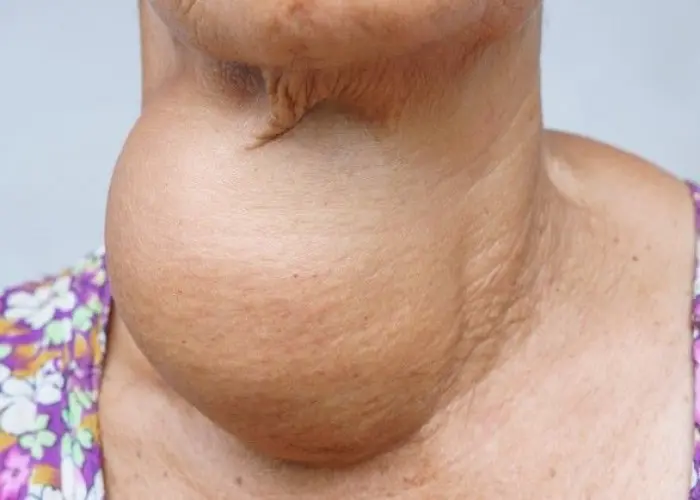 Welcome
Welcome
“May all be happy, may all be healed, may all be at peace and may no one ever suffer."
Broken collarbone

A broken collarbone, also known as a clavicle fracture, is a common injury that occurs when the collarbone, which connects the breastbone to the shoulder blade, breaks. Treatment depends on the severity of the fracture and may include wearing a sling, pain management, physical therapy, or surgery. Recovery time can vary, but most people can resume normal activities within a few weeks to a few months. It's important to follow your doctor's advice and avoid activities that may aggravate the injury while it heals.
Research Papers
Disease Signs and Symptoms
- Limited shoulder movement
- Swollen arms or hands
- Arm or Hand pain
- A bulge on or near your shoulder
- A grinding or crackling sound when trying to move your shoulder
- Stiffness or inability to move the shoulder
- Newborn children will often not move their arm for several days following a birth-related collarbone fracture.
- Broken collarbone
- Broken bones or sprains
Disease Causes
Broken collarbone
Common causes of a broken collarbone include:
- Falls, such as falling onto your shoulder or onto your outstretched hand.
- Sports injuries, such as a direct blow to your shoulder on the field, rink or court.
- Vehicle trauma from a car, motorcycle or bike accident.
- Birth injury from passing through the birth canal.
Disease Prevents
Disease Treatments
Restricting the movement of any broken bone is critical to healing. To immobilize a broken collarbone, you'll likely need to wear an arm sling.
How long immobilization is needed depends on the severity of the injury. Bone union usually takes three to six weeks for children and six to 12 weeks for adults. A newborn's collarbone that breaks during delivery typically heals with only pain control and careful handling of the baby.
Medications
To reduce pain and inflammation, your doctor might recommend an over-the-counter pain reliever. If you have severe pain, you might need a prescription medication that contains a narcotic for a few days.
Therapy
Rehabilitation begins soon after initial treatment. In most cases, it's important to begin some motion to minimize stiffness in your shoulder while you're still wearing your sling. After your sling is removed, your doctor might recommend additional rehabilitation exercises or physical therapy to restore muscle strength, joint motion and flexibility.
Surgery
Surgery might be required if the fractured collarbone has broken through your skin, is severely displaced or is in several pieces. Broken collarbone surgery usually includes placing fixation devices — plates, screws or rods — to maintain proper position of your bone during healing. Surgical complications, though rare, can include infection and lack of bone healing.
Disease Diagnoses
Disease Allopathic Generics
Disease Ayurvedic Generics
Disease Homeopathic Generics
Disease yoga
Broken collarbone and Learn More about Diseases

Atopic dermatitis (eczema)

Iritis

Gastrogenous Diarrhoea

Postherpetic neuralgia

Thread Worm

Goiter

Benign adrenal tumors

Milia
Broken collarbone, Clavicle fracture, ভাঙা কলারবোন
To be happy, beautiful, healthy, wealthy, hale and long-lived stay with DM3S.
